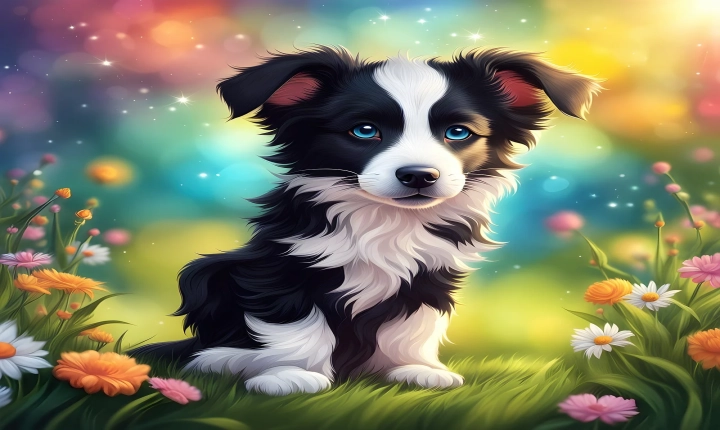Title: How to Generate Stunning AI Images: A Step-by-Step Guide
Are you fascinated by the incredible potential of artificial intelligence (AI) and its ability to generate stunning, realistic images? Whether you’re an artist, designer, or simply a curious individual, the ability to create AI-generated images can open up a world of creative possibilities. In this article, we’ll explore the process of generating AI images, the tools and techniques involved, and the practical applications of this exciting technology.
Understanding the Basics of AI Image Generation
AI image generation involves the use of machine learning algorithms, particularly generative adversarial networks (GANs) and variational autoencoders (VAEs), to produce realistic and high-quality images. These algorithms are trained on massive datasets of images to learn and replicate the visual patterns, shapes, and features of the input data.
Step 1: Choose the Right Tools and Frameworks
There are several powerful tools and frameworks available for generating AI images, including TensorFlow, PyTorch, and OpenAI’s DALL·E. These platforms provide a wide range of pre-trained models, as well as the flexibility to develop custom models based on your specific requirements.
Step 2: Understand the Training Process
The training of AI models for image generation involves feeding a large dataset of images into the model and allowing it to learn the underlying patterns and features. This process requires significant computational resources, including high-performance GPUs and deep learning frameworks.
Step 3: Curate and Prepare the Training Dataset
The quality and diversity of the training dataset are critical for the success of AI image generation. Curating a diverse set of images that align with the desired style, subject matter, or aesthetic is essential. Furthermore, preprocessing and augmentation techniques are often employed to enhance the dataset’s variety and quality.
Step 4: Select the Model Architecture
Depending on the specific requirements and constraints of your project, you may choose a pre-trained model, such as StyleGAN or VQ-VAE, or design a custom architecture tailored to your needs. Factors such as image resolution, fidelity, and training time will influence your choice of model.
Step 5: Train and Fine-Tune the Model
Once the dataset and model architecture are established, the training process begins. This involves iteratively fine-tuning the model’s parameters, optimizing loss functions, and evaluating the generated images for quality and realism.
Practical Applications of AI Image Generation
The generation of AI images has a wide range of practical applications across various industries and fields. For example, in the creative industry, AI-generated images can be used to inspire and augment artistic processes, automate design tasks, and even create entirely new visual styles. In the field of healthcare, AI-generated medical images can aid in diagnostics, medical imaging, and treatment planning. Additionally, in the gaming and entertainment industry, AI-generated images can be employed to create realistic characters, environments, and visual effects.
Conclusion
The ability to generate AI images opens up a world of creative and practical possibilities. By understanding the underlying principles, choosing the right tools and frameworks, and following a systematic training process, you can harness the power of AI to create stunning, realistic images. Whether you’re an enthusiast, artist, or professional, exploring the world of AI image generation is sure to inspire and empower your creative endeavors.
